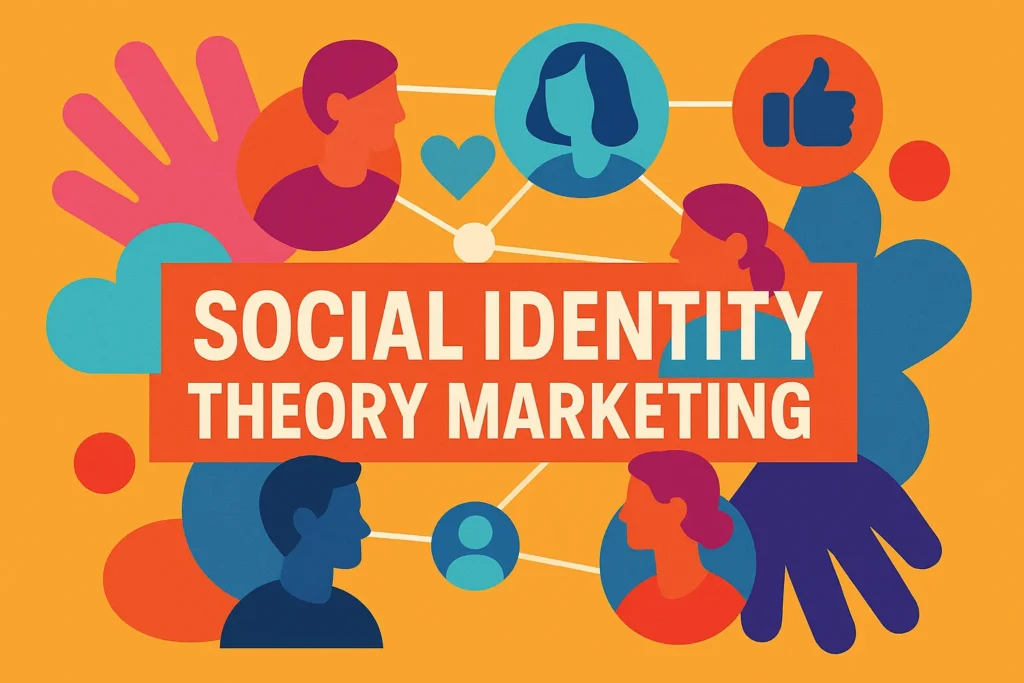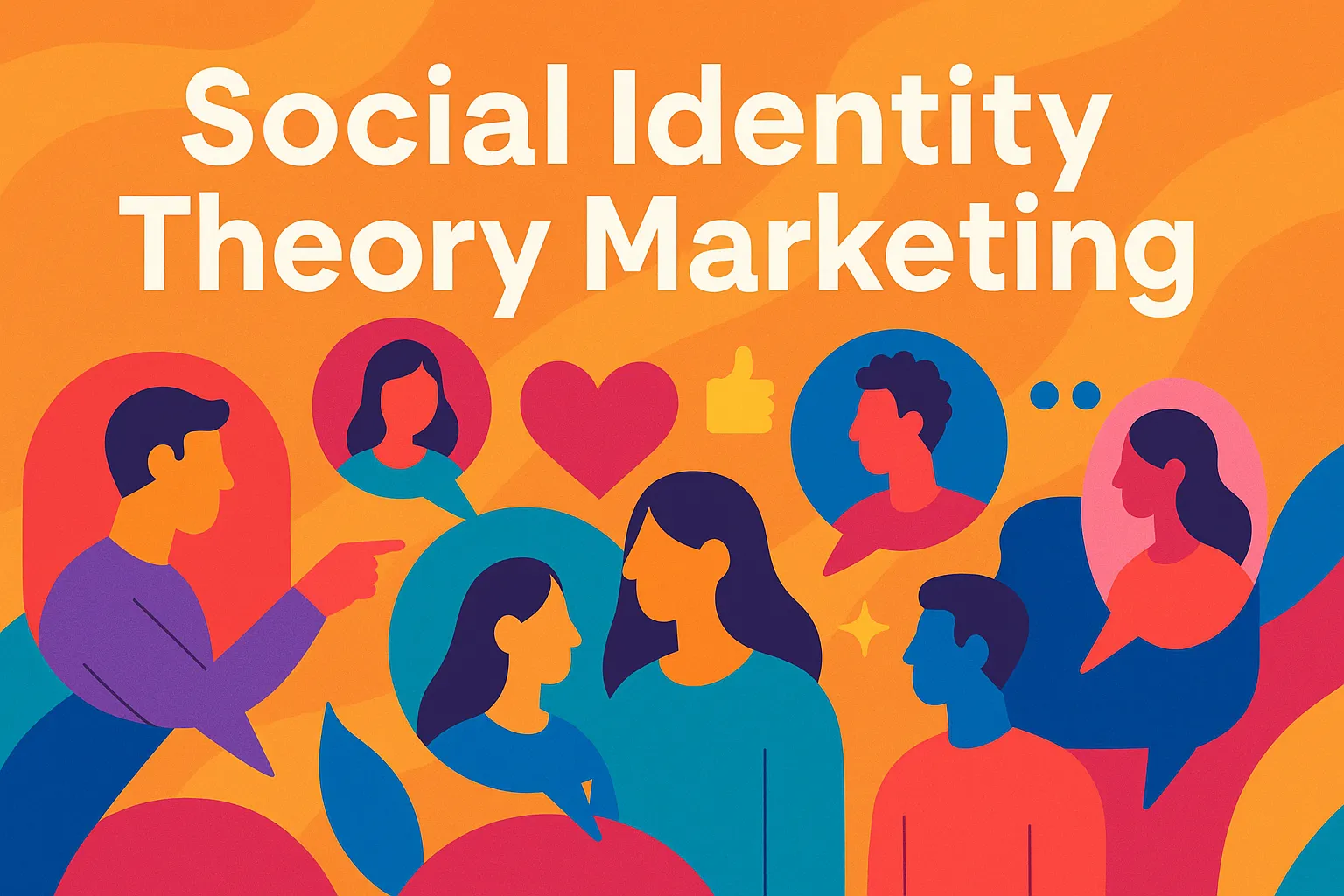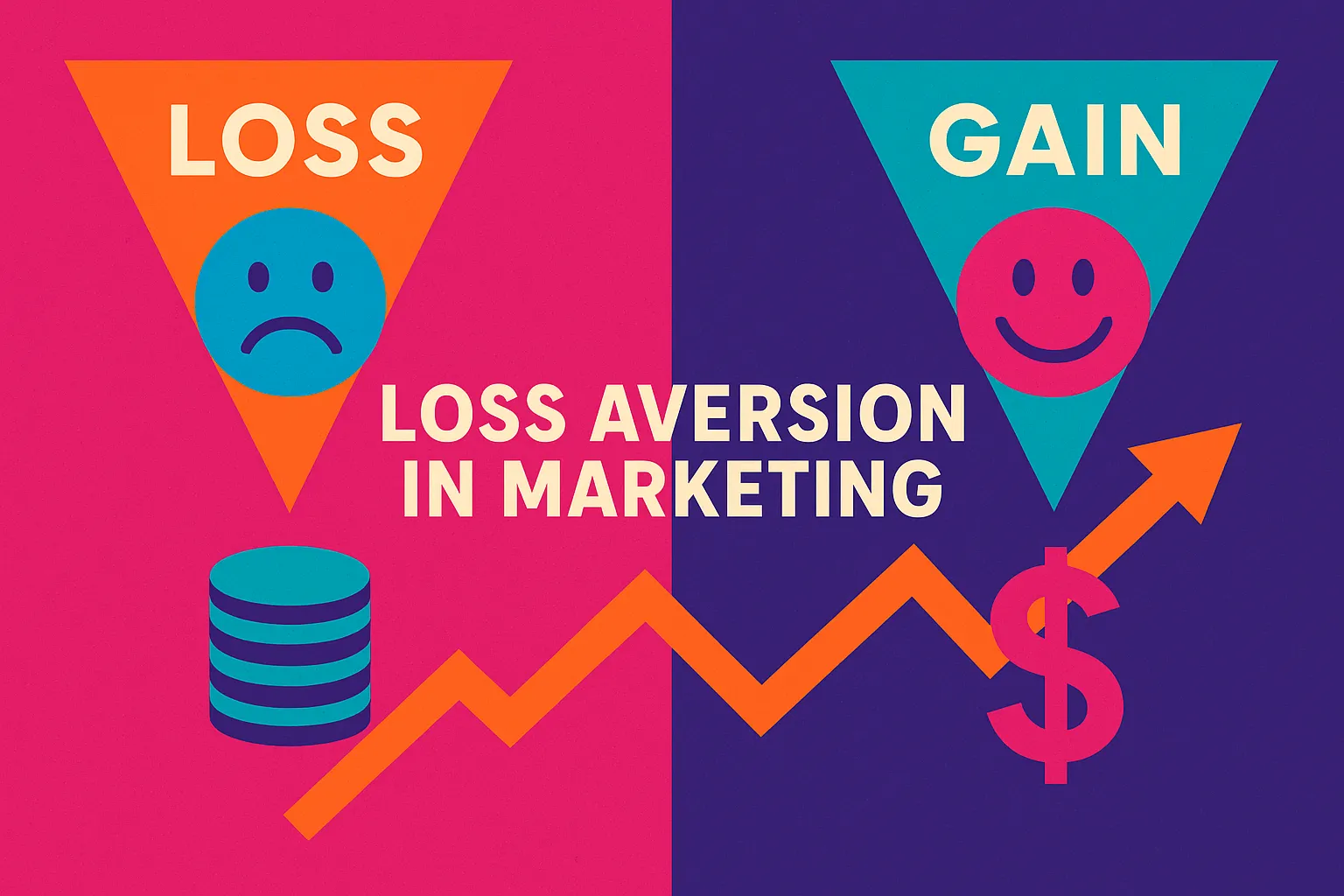What is Social Identity Theory Marketing?
Social identity theory marketing is the idea that people are more likely to trust, like, and buy from brands they see as part of their “in-group.” It’s based on a psychological theory that says we define ourselves by the groups we belong to—like being a parent, gamer, designer, or small business owner.
In marketing, when we show we share something meaningful with our audience, they respond more positively. We stop being just a business and start feeling like a trusted ally.
It’s one of the most powerful ways to build connection and persuasion in any campaign.
TL;DR: What You’ll Learn in This Post
- How Social Identity Theory Marketing works in real life
- Real-world examples from our own campaigns at Vibe Branding
- Why shared identity and personalization boost conversions
- How to use this theory in both B2B and B2C marketing
- Insights from 10+ years of digital marketing experience
My Experience with Identity-Based Messaging
At Vibe Branding, we’ve been in the digital marketing space for over a decade, and one thing I’ve learned from running hundreds of campaigns is this: People don’t just want solutions. They want to feel understood.
That’s where social identity theory marketing comes into play. I’ve seen time and again that when a brand highlights shared values or lifestyles, customers become more open, more trusting, and ultimately, more loyal.
Let me share a story. A few years ago, we worked with a health brand targeting new moms.
The early messaging focused on product features—organic, hypoallergenic, all that. But conversions were flat.
So we rewrote the campaign from a “mom to mom” angle. Our copy began with, “As parents, we know what it’s like to question every label.”
That one sentence flipped the switch. Engagement spiked by 43%.
All because we activated that social identity—we’re in this together.

How Social Identity Theory Works in B2B and B2C
The best thing about social identity theory marketing is that it works in both B2B and B2C. One of my favorite examples is from a B2B campaign we ran for a SaaS company serving the construction industry.
Their old messaging said, “We streamline operations.” Yawn.
So we leaned into identity instead. We launched with a new hook: “Built by contractors, for contractors.”
That tagline alone increased demo sign-ups by over 30%. Why?
Because it made the audience feel like the brand spoke their language. They weren’t just being sold software.
They were being understood by someone in their tribe. That’s the heart of social identity theory marketing.
You don’t have to be flashy. You just have to be relatable.
When we stop trying to be everything to everyone, and instead speak directly to the people who matter most—in their words, with their values—we build real traction. It’s not psychology fluff.
It’s a conversion strategy.
The Power of Micro-Identity and Personalization
You might be wondering if this approach only works when there’s an obvious “identity” at play. But actually, subtle tweaks can make a big difference.
One time, we ran billboard tests with a telecom client. In one version, the copy simply said: “Reliable internet. Always on.”
In another version, we changed just one detail: “Reliable internet for Charing Cross.” That local mention created a micro-identity—”I’m from there.”
The location-specific ad lifted recall by 14%. That’s the power of making people feel seen.
Even small personalization rooted in identity boosts attention and trust. We use this thinking in our own branding too.
At Vibe Branding, we tell clients we don’t believe in cookie-cutter strategies. Because we don’t.
Our whole company is built around understanding what makes our clients and their customers unique. That’s not just a brand statement—that’s social identity theory marketing in action.
When clients know we’ve worked with other founders, or other wellness brands, or other family-run businesses, they instantly feel a sense of connection. And that connection is a huge factor in why they choose us.
Real Data: Identity Messaging vs. Generic Messaging
Let’s take a look at how this plays out with some common data. Here’s a table showing the difference in engagement between generic messaging and identity-based messaging from three of our past client tests:
Campaign Type | Generic Messaging CTR | Identity-Based Messaging CTR |
Health & Wellness | 1.2% | 3.4% |
B2B Software | 0.9% | 2.7% |
Consumer Retail | 1.6% | 4.1% |
As you can see, CTR nearly tripled in some cases just by adjusting the framing to fit a shared identity. We didn’t change the product.
We didn’t even change the offer. We changed the way we spoke to the audience.
This is why I tell every brand owner I work with—if you want better performance, don’t just target demographics. Target identities.
Speak to who they believe they are, not just what they need. Social identity theory marketing isn’t a trick.
It’s a way to create honest resonance.

Why This Strategy Builds Loyalty and Trust
There’s another layer I find fascinating—how this approach strengthens long-term loyalty. When you use social identity theory marketing well, customers stop seeing you as a vendor.
They see you as one of them. That shift changes everything.
They forgive small mistakes. They root for your success.
They refer friends. One of our longest-standing clients came to us five years ago after seeing a blog post where I mentioned I was a small business owner just like them.
That single line built a bond. We’ve grown together ever since.
I also think this type of marketing is more ethical. It respects the customer’s values.
It starts from understanding, not manipulation. And in a time where audiences are burned out by shallow ads and false urgency, that level of genuine empathy is what cuts through.
Social identity theory marketing is a strategy that respects human connection. And that makes it sustainable.
Tactical Tips for Using Social Identity Theory Marketing
We’ve worked with companies from all walks of life—tech, health, food, education, finance. The one common trait among the best-performing campaigns?
They didn’t just promote a product. They reflected the person behind the purchase.
They made the buyer feel like they belonged. If you want to grow your brand without shouting louder, this is your roadmap.
Tap into the identity your audience already holds. Personalize the message.
And most of all, speak like you’re one of them. Now, let’s get tactical.
Here’s how you can start using social identity theory marketing today:
Start by mapping out the different identities your target audience may hold. Are they startup founders?
Creative professionals? Busy parents?
Once you’ve got that list, build your message around those shared labels. Say it in your emails, show it in your ads, highlight it in your case studies.
These aren’t just labels—they’re emotional entry points. Don’t just create personas based on job titles. Build them based on values and self-image.
For example, two people with the same job title might view themselves very differently: one might see themselves as a hustler, the other as a craftsman. Tailoring your message with that in mind will make a huge difference.
And with tools like dynamic content and segmentation, there’s no excuse not to try. When you’re unsure what identity to lean into, talk to your best customers.
Ask them why they chose you. You’ll often hear answers like, “You just got us,” or “You understood our world.”
Those answers are gold. They tell you exactly what identity cues are resonating, and how to amplify them across your marketing.
Social identity theory marketing isn’t just a concept I believe in—it’s something we live and breathe at Vibe Branding. We’re not here to play the loudest.
We’re here to speak the clearest, to the right people, with the right message. And when that message reflects who they already are?
That’s when the magic happens.





